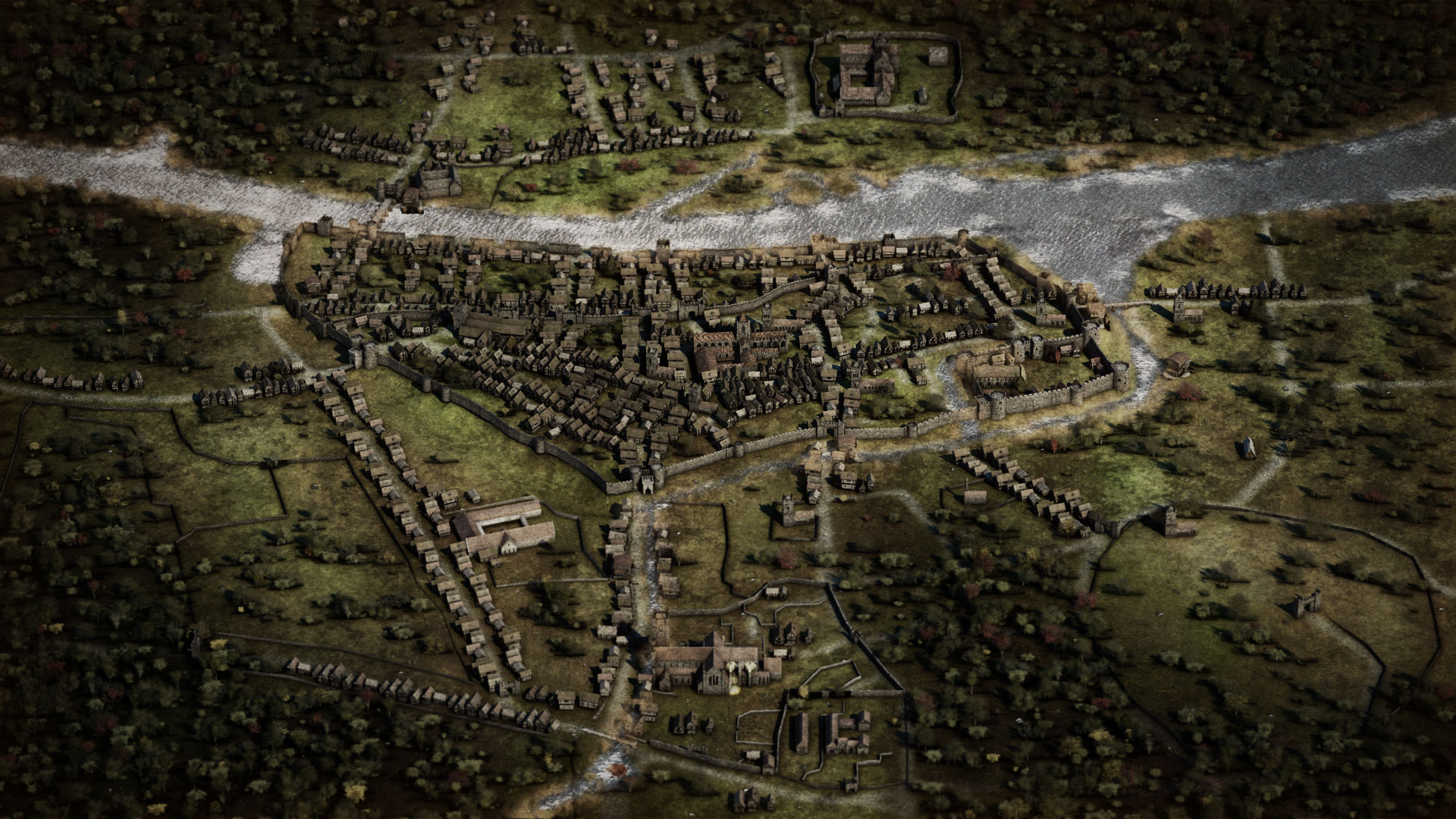

Island, set immediately downstream from the linn of Duachall. That the initial temporary Viking encampment of the 830s was based on this Then that the eyot or holm had an equally long existence. Placename evidence in the historical sourcesĪttests to the existence of the linn in antiquity. The latter feature is the result of the deposition of the linn) and immediatelyĭownstream an eyot or holm. The two waterways created both a deep pool (i.e. It would appear that the turbulence resulting from the meeting of The resulting island (further upstream than Wright’s island) is also to be seen on theĭown Survey Map of 1657 (on line at down-surveymaps.php). System downstream from the confluence of the rivers Glyde and Dee. Both Taylor & Skinner’s map (1777) and the 1830s Ordnance Survey map display a braided river Suggests that the Cassán Linne occupied a meander belt. It had become an ox-bow lake (Leslie, 1909, 140). Remains of the branch of the river closest to the elevated bank had been severed. Wright’s map illustrated an island set between the bifurcated river. Horseshoe’ shaped ‘valley’ that lay beneath the two forts. Local people insisted that the ‘Danes’ had dug out the ‘peculiar the cliff-edge enclosure overlooking the river-crossing point atĪnnagassan. For the abbreviations of the Irish annals, see the list at the begin ning of this volume. The ‘slight remains’ of a second ‘fort’ were located about 200m to the ‘north’ ofġ. Linne (see map 1) was part of the Viking base. The island illustrated on Wright’s map (1748) of the embouchure of the Cassán It has been suggested (Kelly & Maas, 1999, 141 McKeown, 2005, 69) that In the case of Annagassan, the term longphort is usedĮxclusively to describe the monument in the historical sources and the site is Side to protect ships that had been drawn up on the beach or the river-bank’ Ninth-century term and it means ‘an earthen bank thrown up on the landward Term longphort, a compound of long ‘ship’ and port (

In the year 841 the Annals of Ulster record the plundering of the territories andĬhurches of Tethba, and the source of the raiders is plainly given as longport oc Viking Ireland, settlement, longphort, Viking raiding, metal-working, ship repairs, hacksilver.
#Wexford longphort trial
Report on a trial excavation of the site, and a brief description of the finds. A historical survey of the Viking longphort at Linn Duachaill (Annagassan), a preliminary


 0 kommentar(er)
0 kommentar(er)
